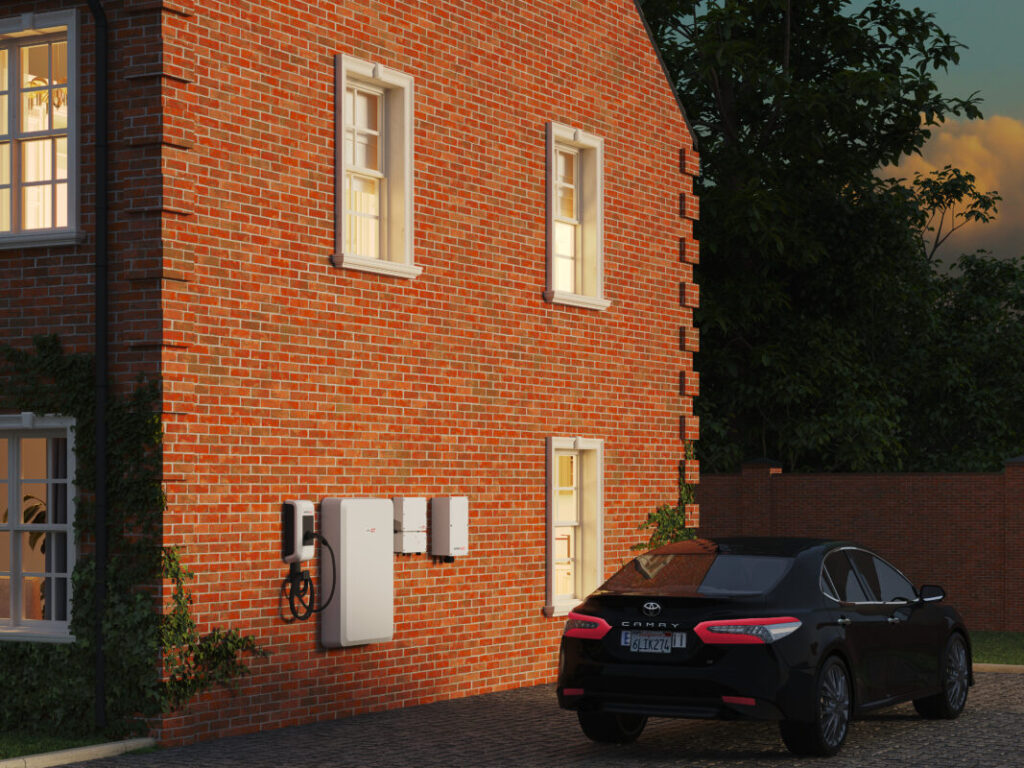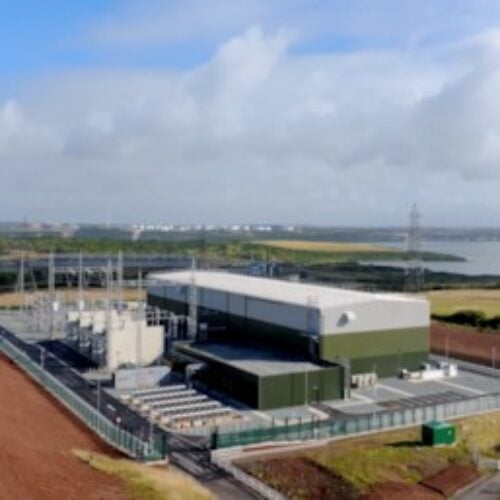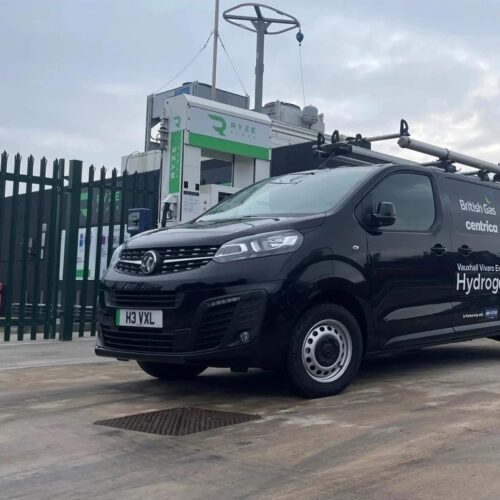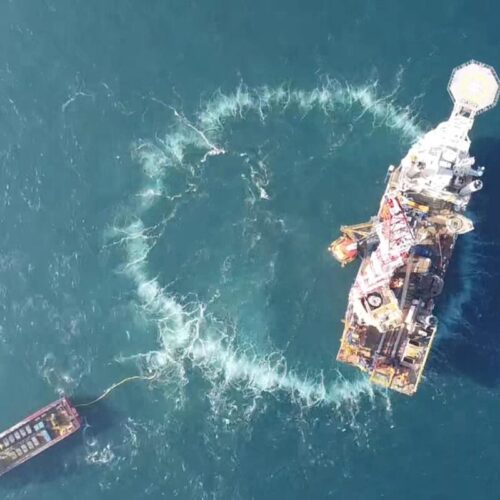UK energy regulator Ofgem has published its annual report on the Smart Export Guarantee (SEG) scheme, showing more tariffs were available between 2023 and 2024 than the previous year.
The government-backed initiative was launched in 2020 to guarantee that there is a route to market for small-scale low carbon generators and that they are fairly compensated for the value of their exported energy.
In SEG Year 4, 283.1GWh of low carbon electricity export was recorded and a total of £30,749,485 was paid to registered installations, a significant increase from 77.3GWh exported and £7,193,527 paid in SEG Year 3. That is a 327% increase in the amount paid year-on-year.
Electricity suppliers subject to the SEG are required to offer at least one export tariff to any eligible small-scale generators. During SEG Year 4, running between 1 April 2023 and 31 March 2024, a total of 42 tariffs were provided by 13 SEG licensees.
In SEG Year 3, 39 tariffs were available or in use. According to Ofgem, the SEG is designed to build a competitive market in which suppliers must offer “innovative” tariff designs and fair prices to remain attractive to customers. The only obligation SEG licensees have is to offer a rate greater than 0p/kWh at all times.
In SEG Year 4, 21 of the available tariffs were offered to any eligible generators, while the remaining 21 were available to generators that met additional criteria.
Of the developments registered in SEG Year 4, 96.8% of registered installations had a capacity below 10kW, with 61.3% of registered installations having a capacity between 4kW and 10kW.
SEG generators must use one or more eligible technologies in their installation: anaerobic digestion, hydro, micro-combined heat and power, onshore wind and solar photovoltaic (PV). In Year 4 of the scheme, solar PV made up just under 99.98% registered installations and 99.93% of installed capacity on the SEG.
History of the SEG
In 2019, the government unveiled its proposals for the SEG to replace the Feed-in Tariffs (FIT) scheme which closed to new applications on 1 April 2019. At the time, the Department for Business, Energy and Industrial Strategy (BEIS) dictated that its vision for the tariffs was “the smarter the better”, with the long-term aim of structures that offer export tariffs that track half-hourly settlement prices, essentially reflecting wider electricity system conditions and demands.
The SEG has been described as a means to encourage UK homeowners to install renewable energy generation at their homes. At its inception, there was some debate as to whether batteries should be eligible for the tariffs, with conflict arising should they charge using power imported from the grid that is ultimately generated from a non-renewable source.
Some suppliers do now offer tariffs for solar storage, but in most cases energy stored in a battery is not eligible; BEIS did question whether the SEG should only reward ‘green’ power and be extended to batteries due to their value for the grid.






